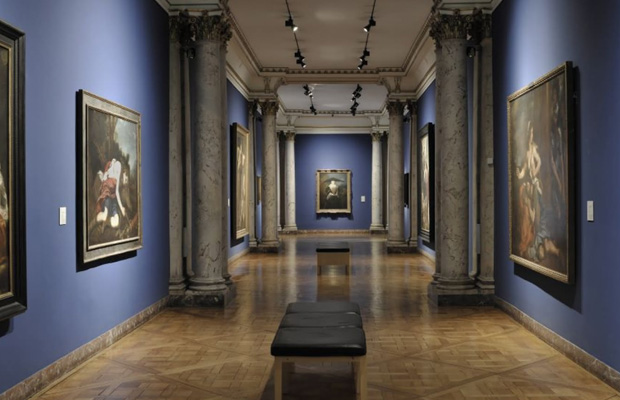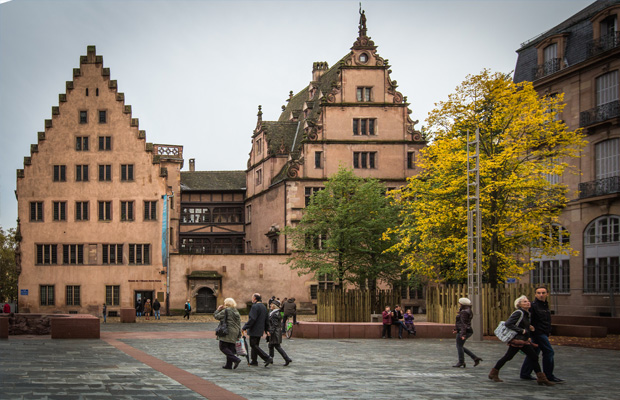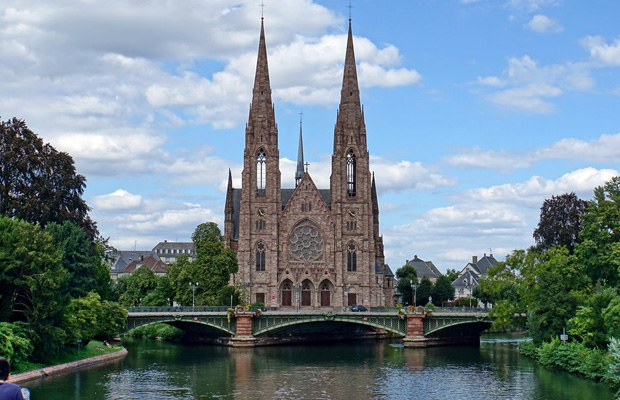Cathédrale Notre Dame de Strasbourg
Cathédrale Notre Dame de Strasbourg
France
Strasbourg
Strasbourg Travel Guide
Book Tour & Activities
Your tour in Strasbourg.
Book your stay
Your hotel in Strasbourg.
Overview
Strasbourg Cathedral or the Cathedral of Our Lady of Strasbourg, also known as Strasbourg Minster, is a Catholic cathedral in Strasbourg, Alsace, France.
Strasbourg Cathedral or the Cathedral of Our Lady of Strasbourg, also known as Strasbourg Minster, is a Catholic cathedral in Strasbourg, Alsace, France. Although considerable parts of it are still in Romanesque architecture, it is widely considered to be among the finest examples of Rayonnant Gothic architecture. Erwin von Steinbach is credited for major contributions from 1277 to his death in 1318. At 142 metres, it was the world's tallest building from 1647 to 1874, when it was surpassed by St. Nikolai's Church, Hamburg. Today it is the sixth-tallest church in the world and the highest extant structure built entirely in the Middle Ages. Described by Victor Hugo as a "gigantic and delicate marvel", and by Goethe as a "sublimely towering, wide-spreading tree of God", the cathedral is visible far across the plains of Alsace and can be seen from as far off as the Vosges Mountains or the Black Forest on the other side of the Rhine. Sandstone from the Vosges Mountains used in construction gives the cathedral its characteristic pink hue. The construction, and later maintenance, of the cathedral is supervised by the "Foundation of Our Lady" since 1224.
History
Previous buildings on the site
Archaeological excavations below and around the cathedral have been conducted in 1896–1897,[9] 1907,[10] 1923–1924,[11] 1947–1948,[12] between 1966 and 1972,[13] and finally between 2012 and 2014.
The site of the current cathedral was used for several successive religious buildings, starting from the Argentoratum period, when a Roman sanctuary occupied the site up to the building that is there today.
It is known that a cathedral was erected by the bishop Saint Arbogast of the Strasbourg diocese at the end of the seventh century, on the base of a temple dedicated to the Virgin Mary, but nothing remains of it today. Strasbourg's previous cathedral, of which remains dating back to the late 4th century or early 5th century were unearthed in 1948 and 1956, was situated at the site of the current Église Saint-Étienne.
In the eighth century, the first cathedral was replaced by a more important building that would be completed under the reign of Charlemagne. Bishop Remigius von Straßburg (also known as Rémi) wished to be buried in the crypt, according to his will dated 778. It was certainly in this building that the Oaths of Strasbourg were pronounced in 842. Excavations revealed that this Carolingian cathedral had three naves and three apses. A poem described this cathedral as decorated with gold and precious stones by the bishop Ratho (also Ratald or Rathold). The basilica caught fire on multiple occasions, in 873, 1002, and 1007.
In 1015, bishop Werner von Habsburg laid the first stone of a new cathedral on the ruins of the Carolingian basilica. He then constructed a cathedral in the Romanesque style of architecture. That cathedral burned to the ground in 1176 because at that time the naves were covered with a wooden framework.
After that disaster, bishop Heinrich von Hasenburg decided to construct a new cathedral, to be more beautiful than that of Basel, which was just being finished. Construction of the new cathedral began on the foundations of the preceding structure, and did not end until centuries later. Werner's cathedral's crypt, which had not burned, was kept and expanded westwards.
Address: Place de la Cathédrale, 67000 Strasbourg, France
Height: 142 m
Hours: Open ⋅ Closes 7PM
Antenna spire: 142 m (466 ft)
Construction started: 1015
Video Travel Inspiration
See Cathédrale Notre Dame de Strasbourg on Map
Most Popular Cities

Siem Reap
Cambodia
Ho Chi Minh City
Vietnam
Beijing
China
Paris
France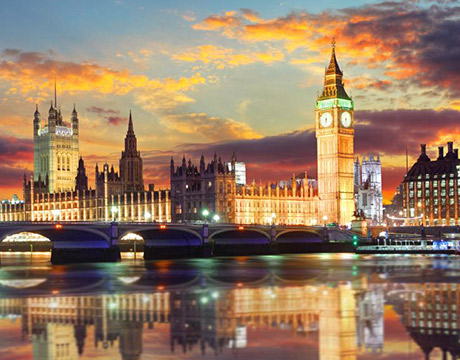
London
United Kingdom
New York
USA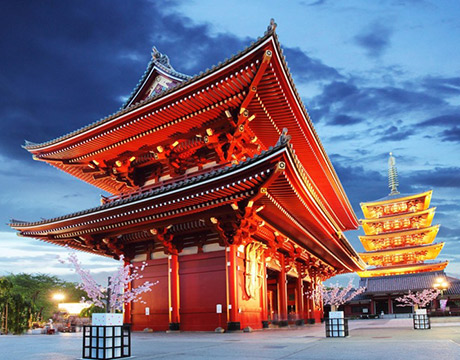
Tokyo
Japan
Bangkok
Thailand
Seoul
South Korea
Vientiane
Laos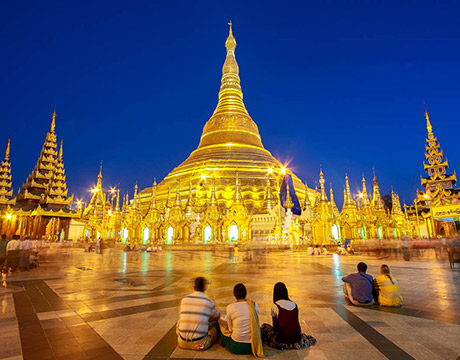
Yangon
Myanmar
Washington DC
USA
Los Angeles
USA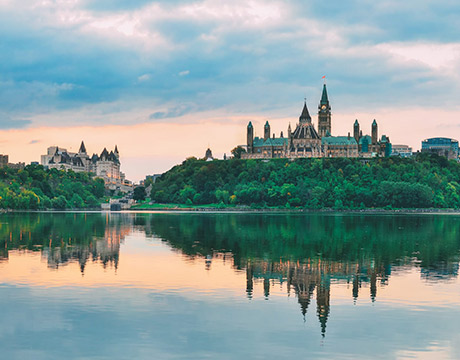
Ottawa
Canada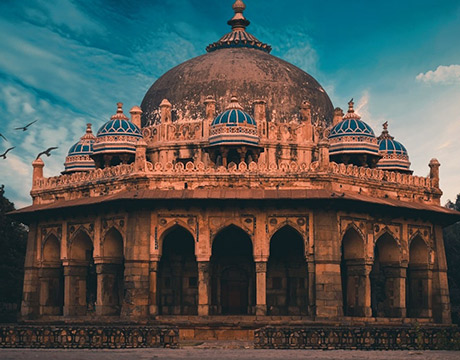
New Delhi
India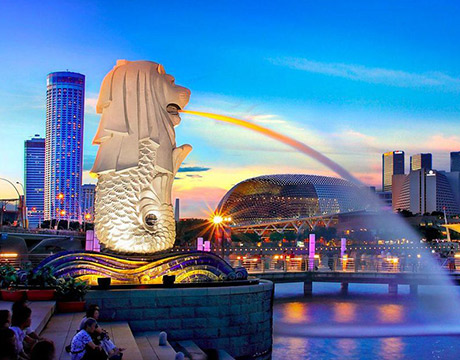
Singapore
Singapore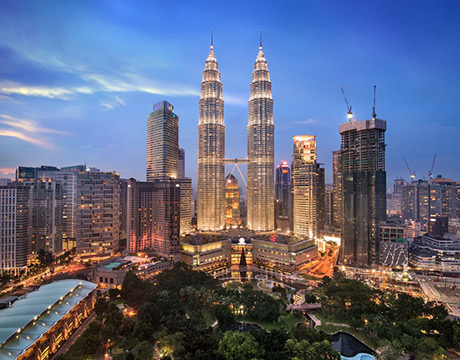
Kuala Lumpur
Malaysia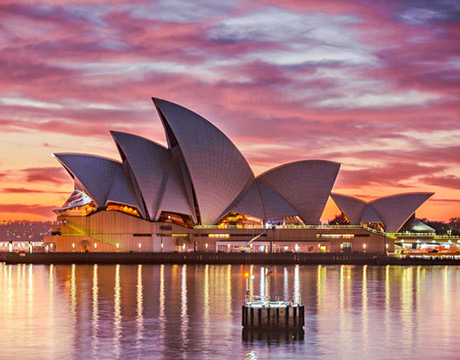
 English
English French
French Khmer
Khmer Thai
Thai Vietnamese
Vietnamese Chinese
Chinese Korean
Korean German
German Japanese
Japanese Italian
Italian Russian
Russian Spanish
Spanish Dutch
Dutch Indonesian
Indonesian Malay
Malay

